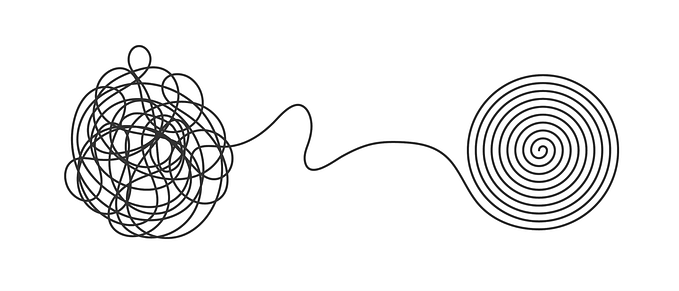Member-only story
Formulating your product design North Star (a.k.a design principles)
A breakdown of what they are and what goes into creating them

I imagine we all rely on an internal compass of sorts to shape ourselves, our lives, and our decisions.
For some, this may be religion; for others, it may be life experiences; or, for many of us, it may be standards we set for ourselves. Religion and other belief systems have their tenets established by a higher authority. Life lessons are acquired through experiences.
However, tailoring our own principles involves conscious self-work . It requires us to reflect on who we are now and define what we want to become. And design principles do just that for teams.
To understand this process better, I analysed the design principles of 8 products — Asana, Atlassian, Hubspot, IBM, Slack, Etsy, Medium and Spotify. Many product design teams have well-defined principles, but I picked these for a few reasons.
- A majority of them have open documentation of the creation process.
- A detailed explanation accompanied each principle.
- I also sought a healthy balance of enterprise and consumer products, with a preference for enterprise given my own team at Arista Networks is building its principles.
1 — What purpose do these principles serve?
Decision-making, shared language & direction. Design principles help steer and accelerate team decision-making in three areas: individually, within the design team, and across teams. They are a tool to measure, criticise, and drive design decisions with a shared language and vision. They replace the subjective with the objective; arbitrary with reason; randomness with intention. At every step of the design process.
They are a tool to measure, criticise, and drive design decisions with a shared language and vision.
All design teams aim for quality. And industry-wide UX principles are excellent starting points for…








